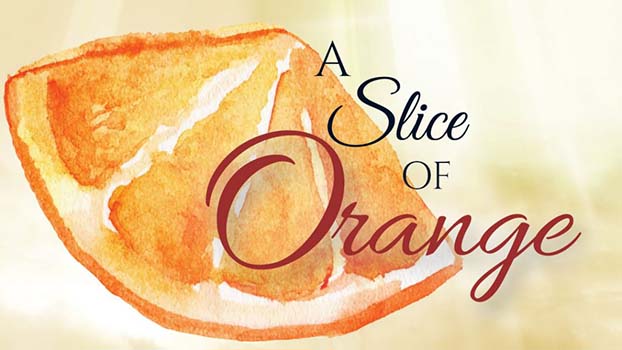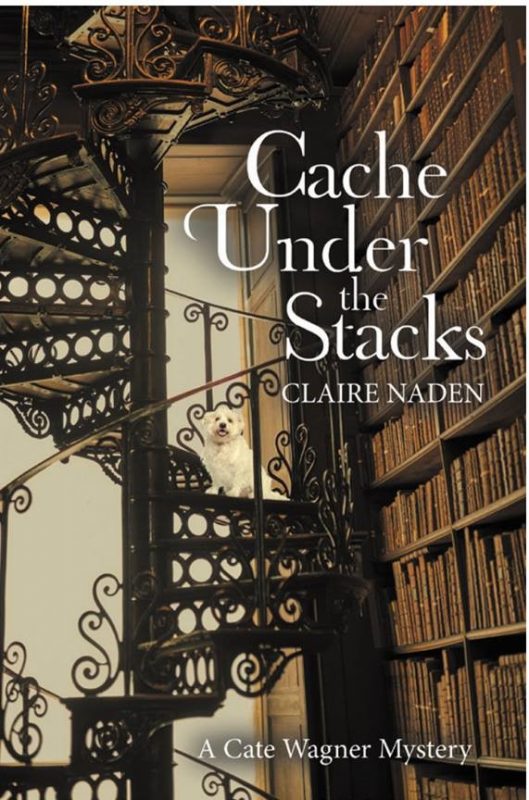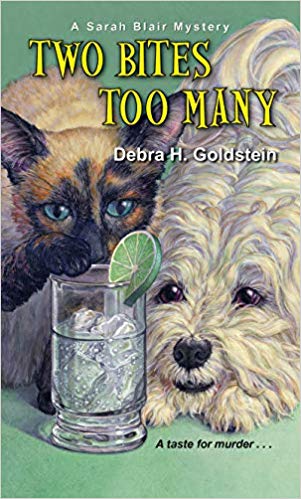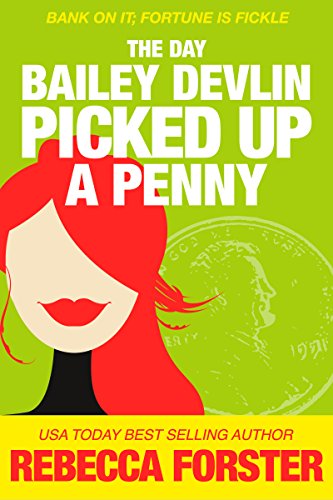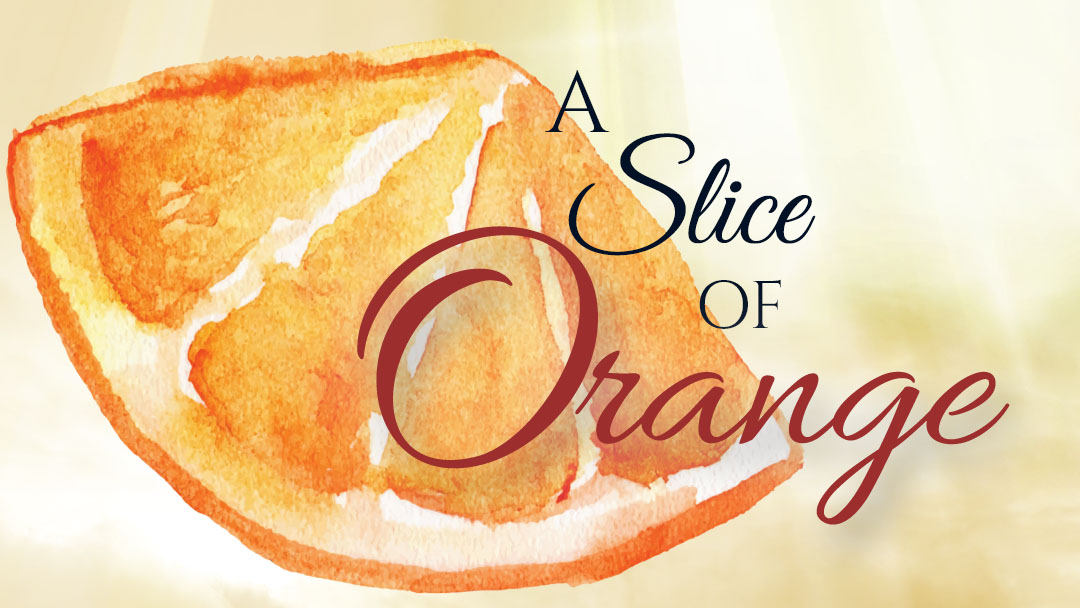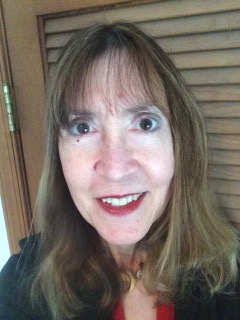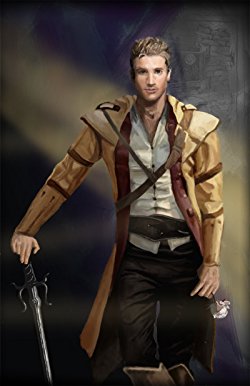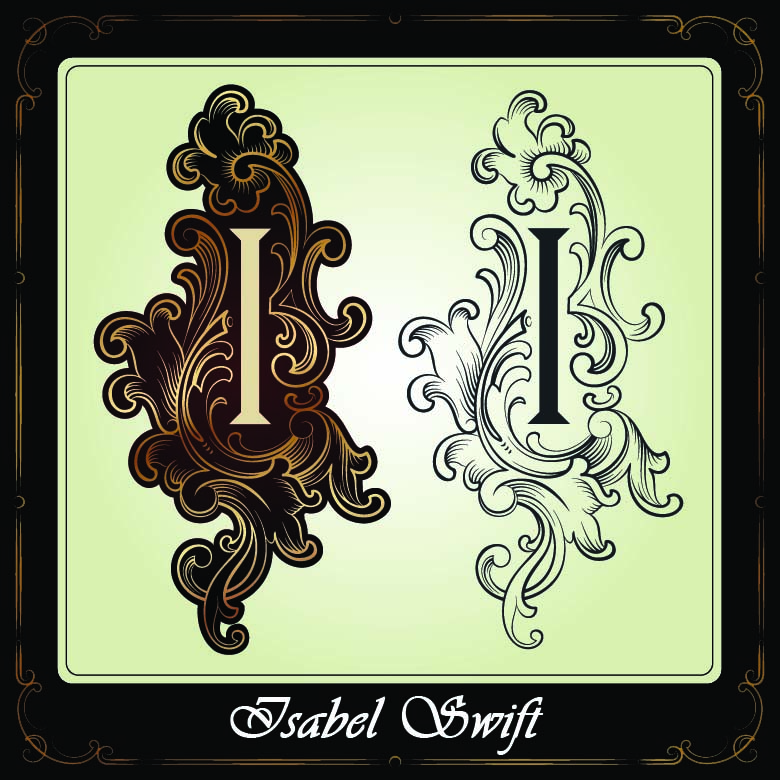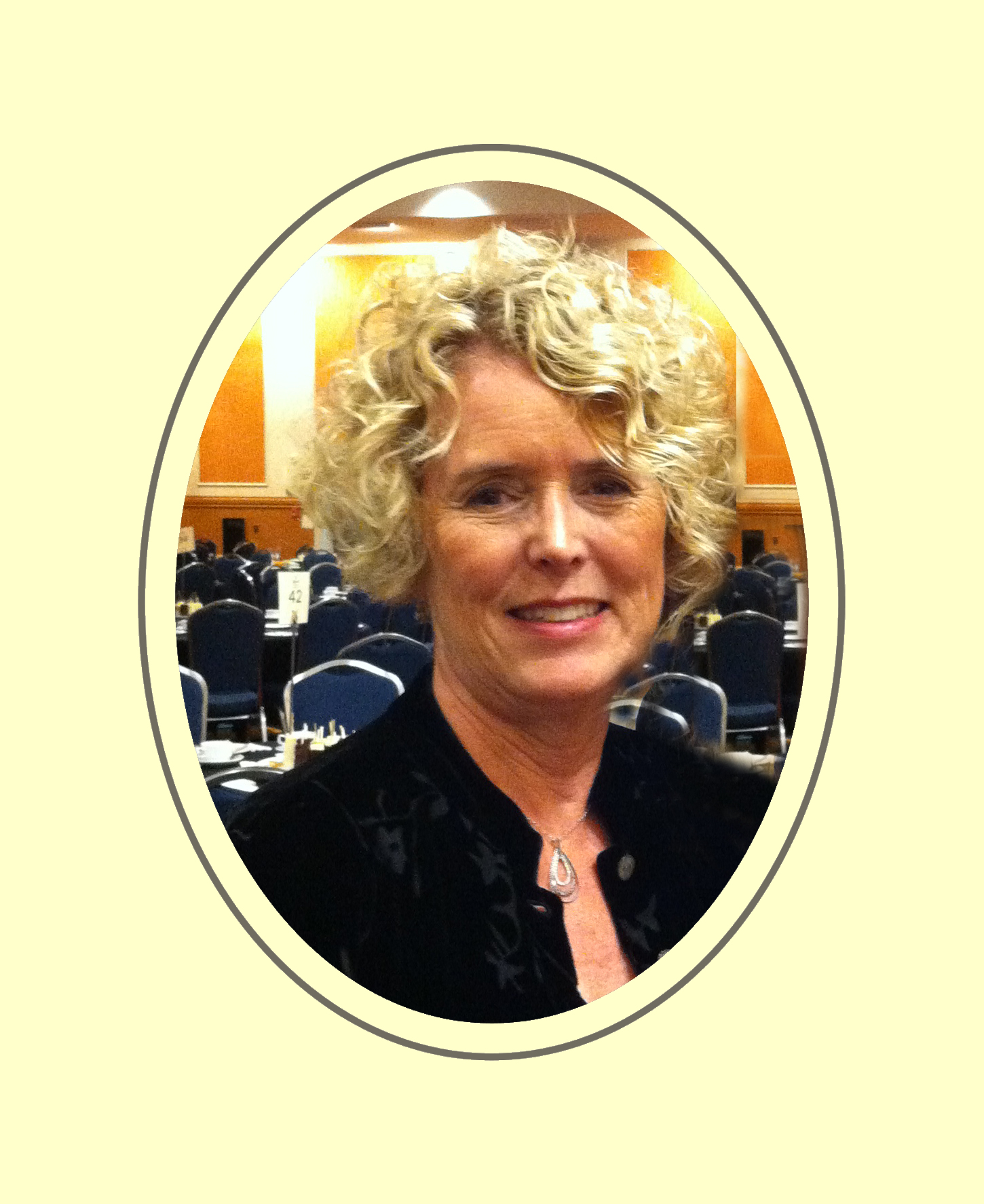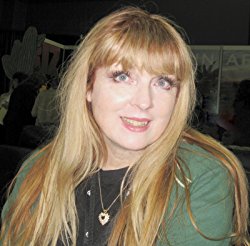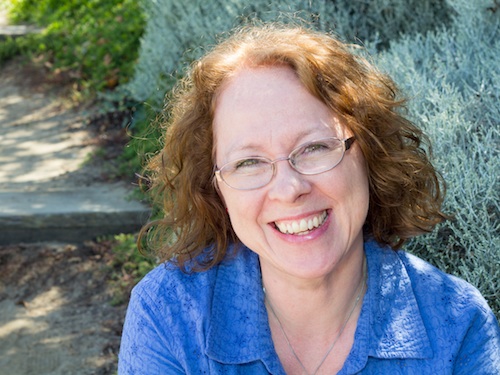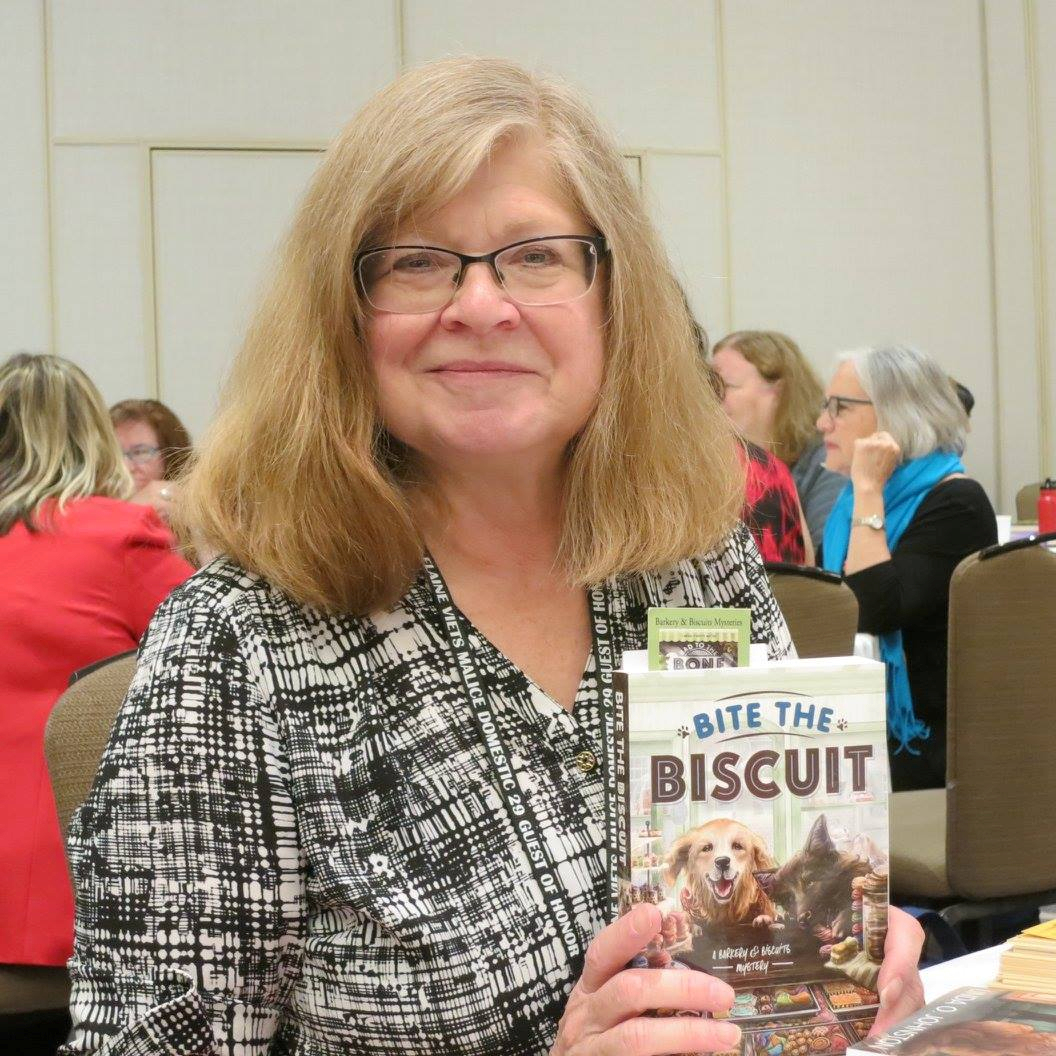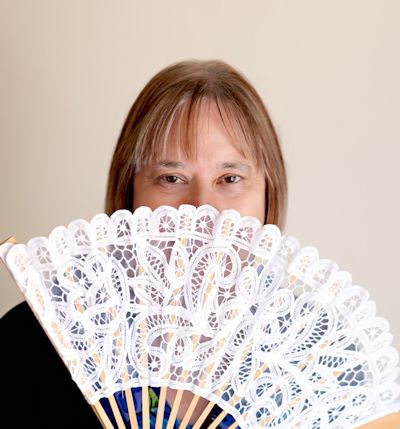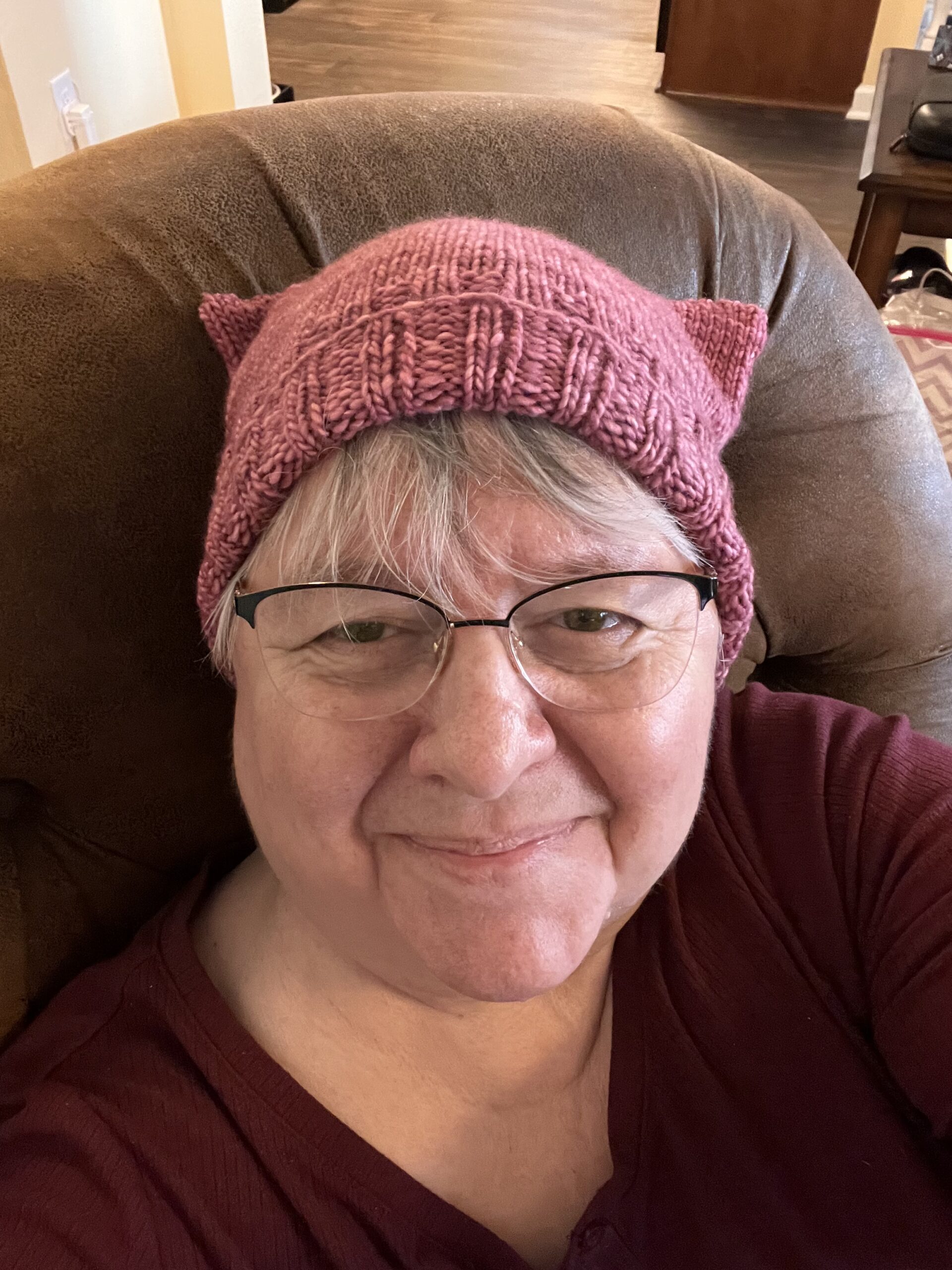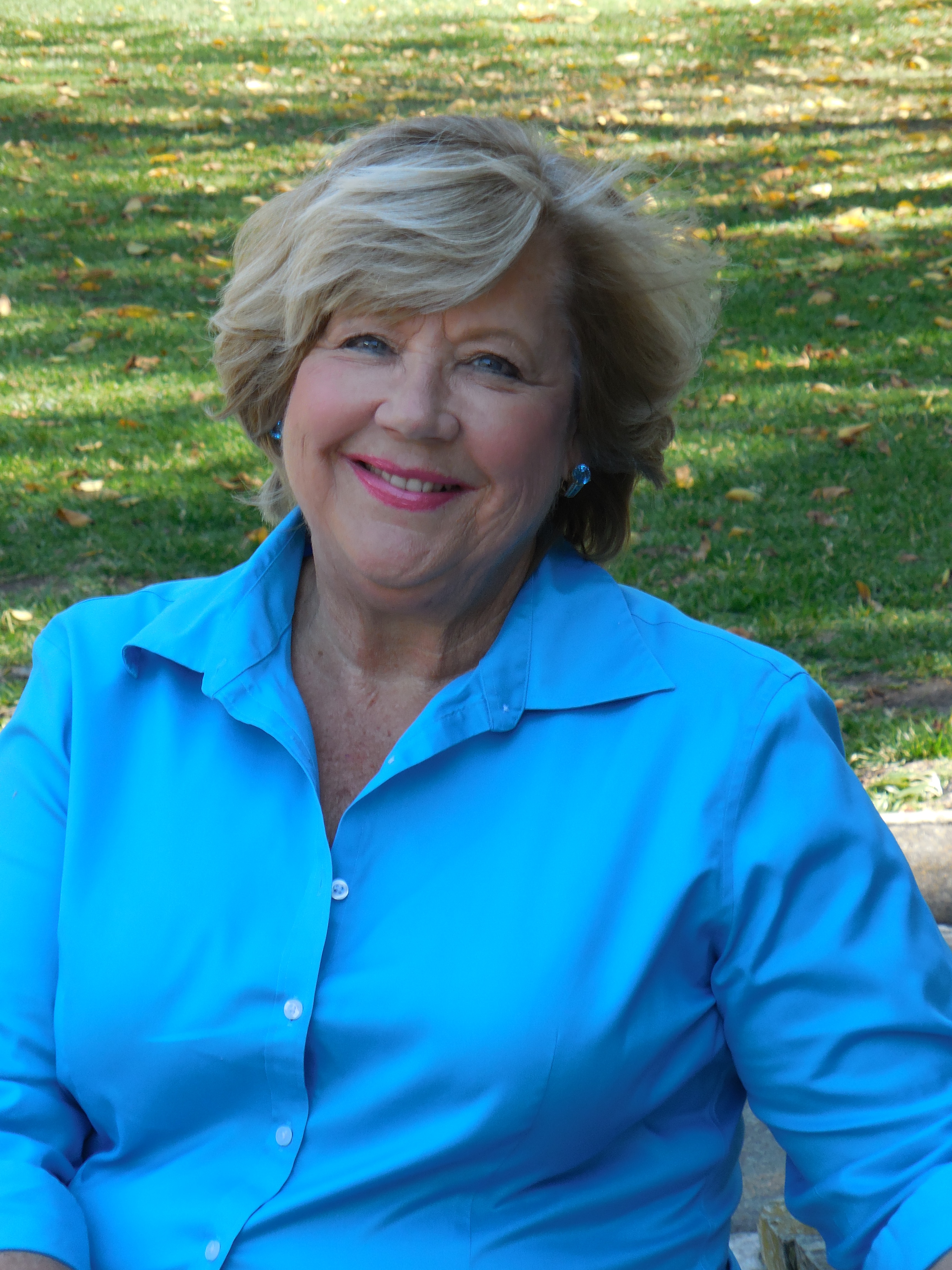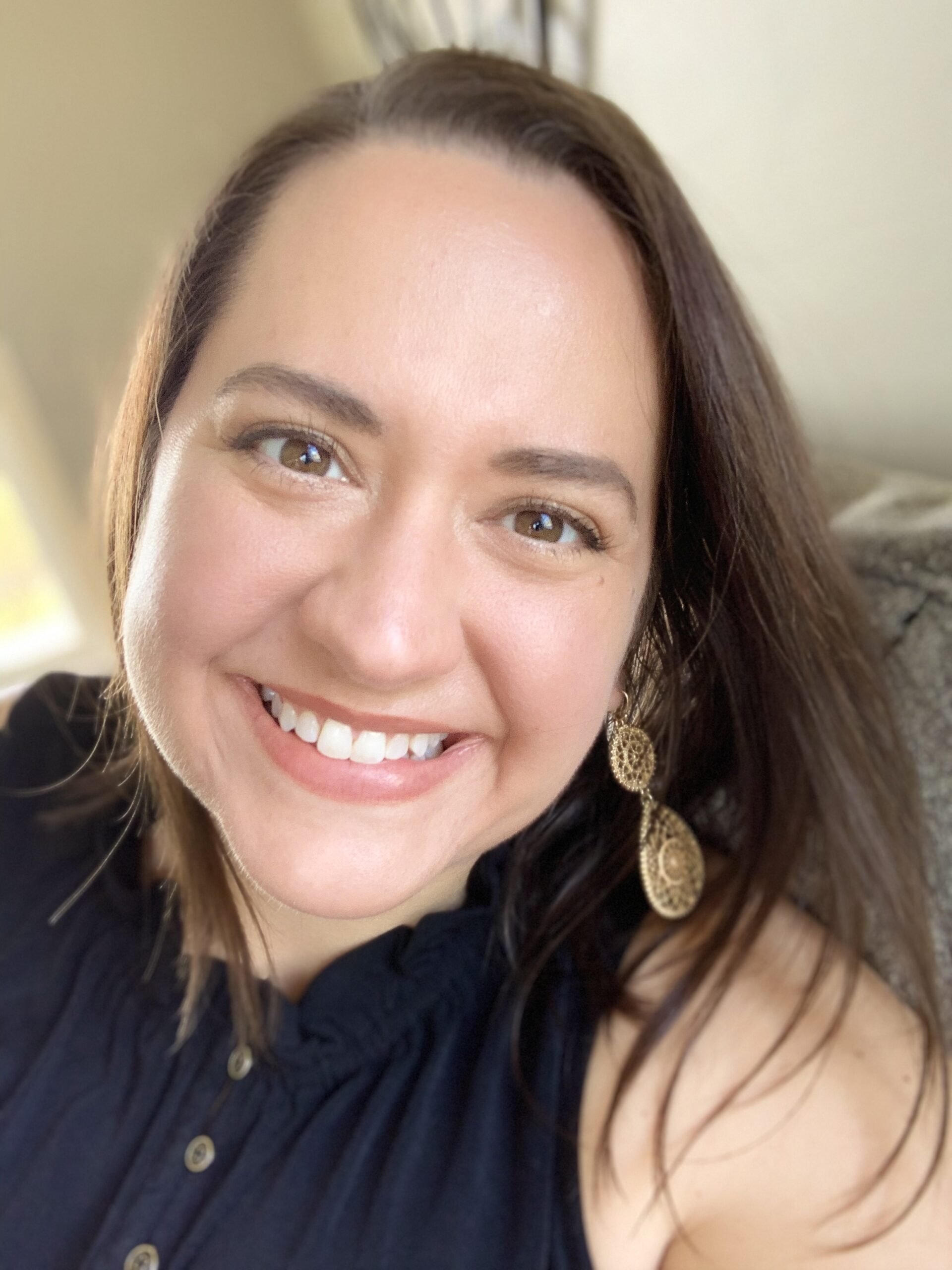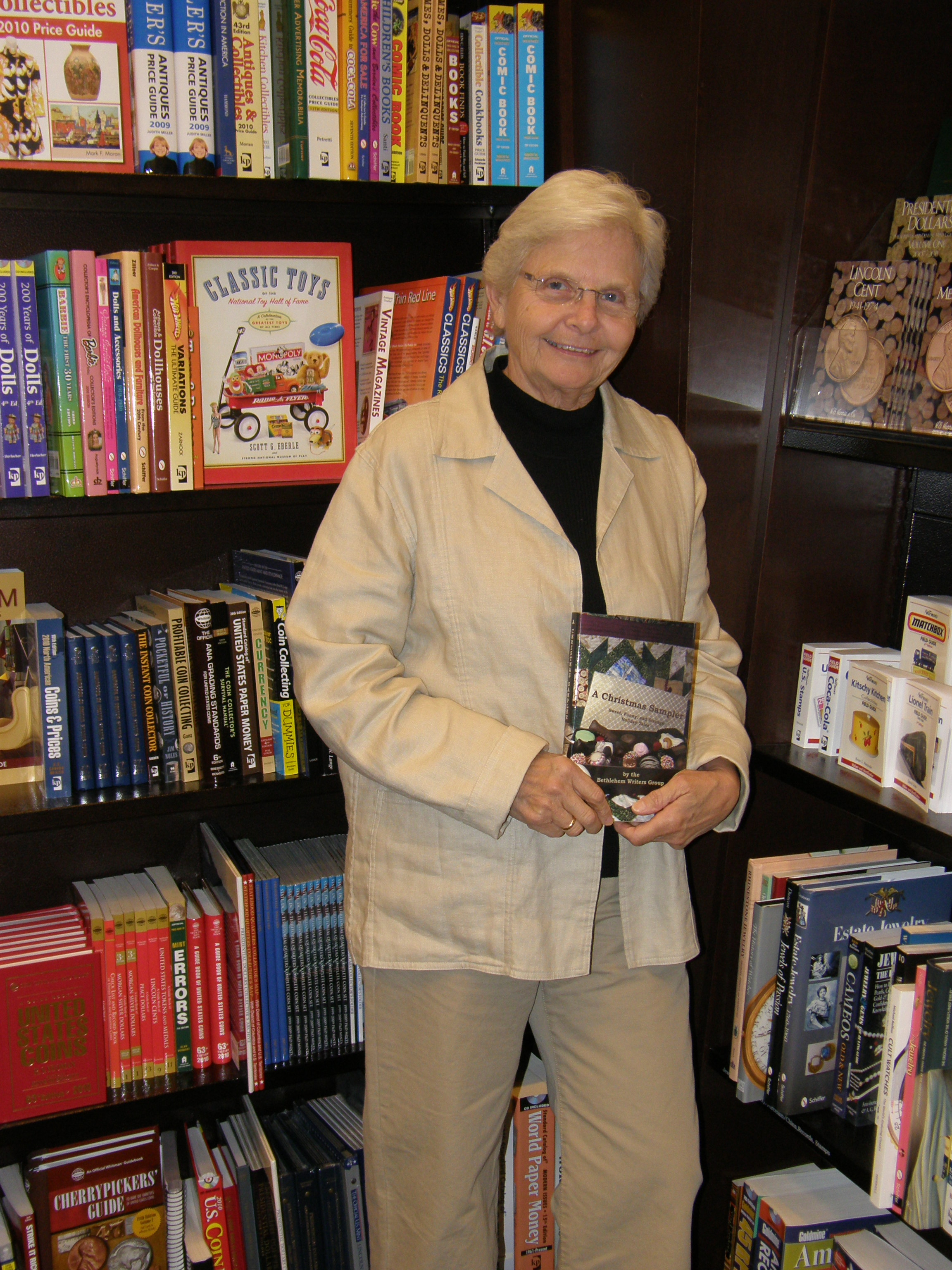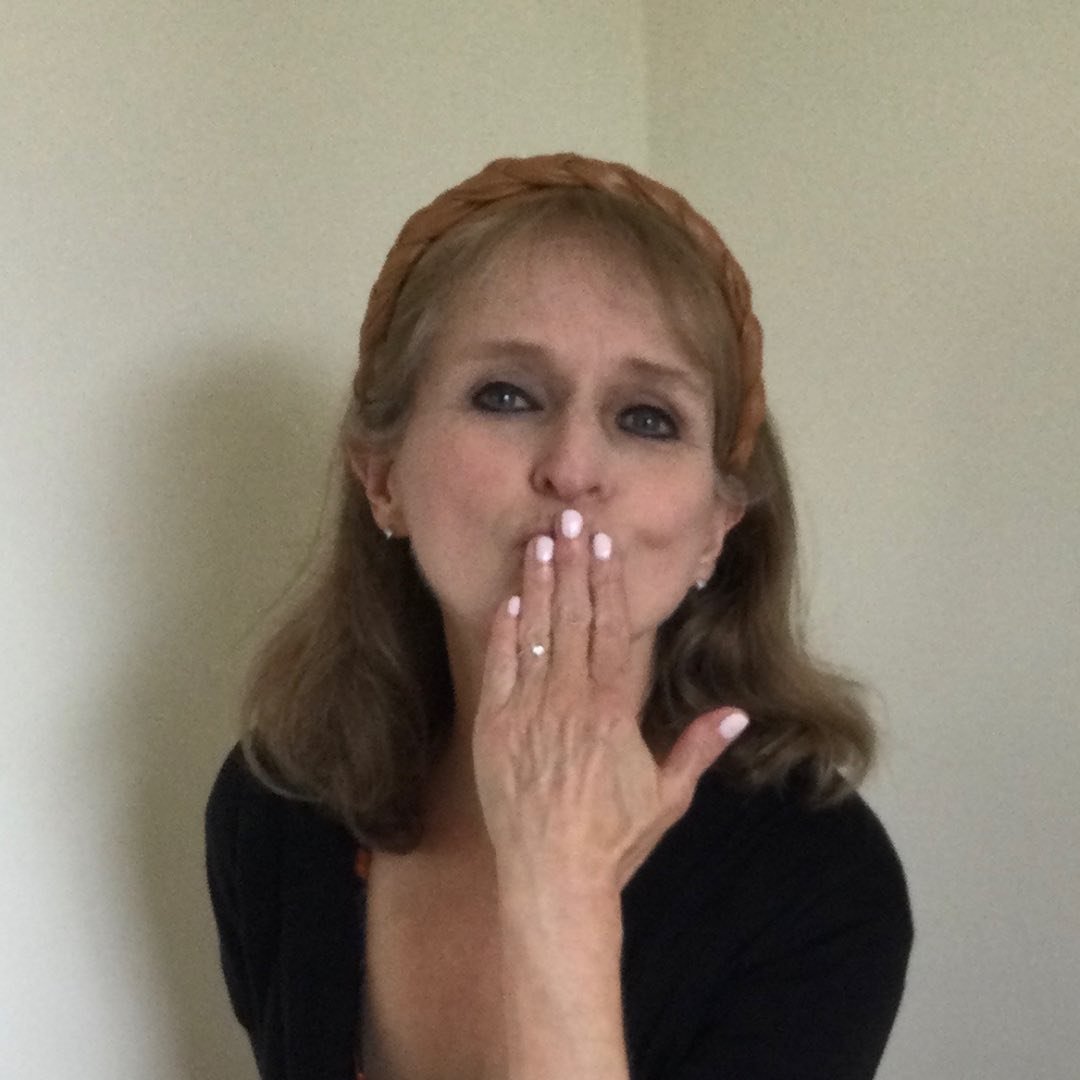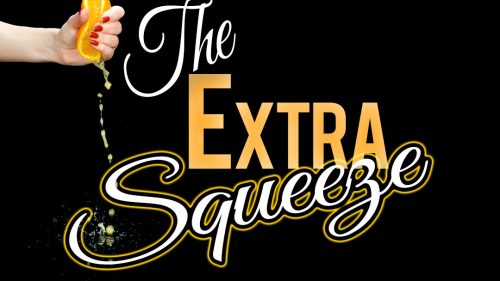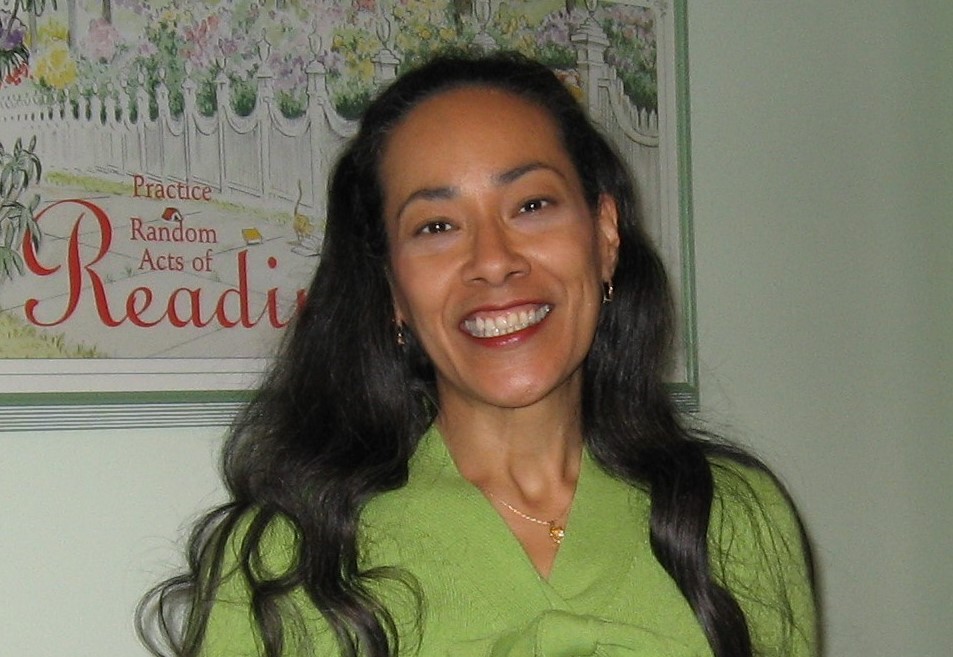Tips for Writing for a Contest by Carol L. Wright
November 13, 2022 by Bethlehem Writers Group in category From a Cabin in the Woods by Members of Bethlehem Writers Group tagged as Barb Goffman, BWG, Carol L. Wright, Short Story Award, Writing contests, writing tips
It’s always exciting to enter a writing contest—at least until it comes to the actual writing.
Since I both write for submission and run the annual Bethlehem Writers Roundtable Short Story award competition, I’ve developed a few tips for writing to a theme, keeping within the word count limits, and what to avoid. I hope these might be of help.
And we’re making a special announcement at the end!
When writing to a theme:
- Write a new story instead of trying to wedge thematic elements into an existing story. It shows.
- Don’t write the first thing that comes into your head. It popped into a hundred other heads, too. You don’t want to be competing with a hundred other stories similar to yours.
- Brainstorm to find a fresh slant on the theme. Writing something from a slightly different angle will help your story stand out.
- Be creative with your title. Too many entries will use the theme in the title. You want your title to be unique.
Staying within word limits:
- Start with your protagonist in the middle of action. Hook readers immediately.
- Refer to, but don’t overly explain backstory. You can imply an unhealed wound or past conflict between characters, but in a short story, the reader does not need to know the details unless they have a direct relationship to the current plot.
- Keep descriptions pithy. A few words can paint a picture.
- Use contractions, compound words, or hyphenated words. These count as only one word each
- Do not use ellipses to show pauses or gaps. They are correctly typed as: space-dot-space-dot-space-dot-space. Unfortunately, each dot counts as a word! Use dashes instead. Some word counters count words connected by a dash as one word!
- Simplify verbs. For example: she left, instead of she was gone or she had departed. You could even have a one-word sentence: Gone!
- Use vivid verbs. It eliminates the need for adverbs or adjectives. For example: the storm raged instead of the storm was blowing strongly.
- Use the words you need, but not one word more. Remember, the word limit is a maximum, not a minimum or a target word count. No contest judge wants to read a story that appears to be padded with extra words.
- On the other hand, if the contest calls for stories of up to 5000 words, a very short story, e.g. 500 words, will not be competitive. You cannot do the world building or character development in a few words that you could accomplish with more words.
Contest Don’ts:
- Don’t flatter judges in a cover letter. They know it’s just designed to butter them up and can seem annoying.
- Don’t email the contest runner with questions that are answered in the call for submissions. Really annoying.
- Don’t argue with the rules, break the rules, or ask for exceptions to the rules. The rules are there for a reason and have to be applied consistently to be a fair contest.
- Don’t complain that winning stories aren’t as good as yours. All judging is subjective—and you cannot be objective about your own work.
- And definitely don’t ask for names and email addresses of judges so you can complain to them!
Now for the announcement:
The Bethlehem Writers Roundtable announces its 2023 Short Story Award competition will be open from January 1 through March 31, 2023.
The theme is Season’s Readings. We are seeking stories of 2000 words or fewer that relate to the holiday season from Thanksgiving through New Year’s Day.
Cost to enter: $15
Winners receive:
- First Place: $250 and publication in the upcoming anthology, Seasons Readings: More Sweet, Funny, and Strange Holiday Tales. Anticipated publication: Fall 2024
- Second Place: $100 and publication in Bethlehem Writers Roundtable online literary journal
- Third Place: $50 and publication in Bethlehem Writers Roundtable online literary journal.
Our guest judge for 2023 is multi award-winning short story writer and professional editor Barb Goffman. Be sure to read her interview in Bethlehem Writers Roundtable Winter 2023 issue, coming out on January 1.
You can get all your questions answered on our website: http://bwgwritersroundtable.com/short-story-award-2/. I hope to be reading your story soon!
Good luck—and happy writing!
~ Carol L. Wright
1 0 Read moreMy Work In Progress, Applying My 2022 Focus Word
November 12, 2022 by Denise M. Colby in category The Writing Journey by Denise Colby tagged as Denise M. Colby, Word of the year, workI love the play on words with the term Work in Progress for my 2022 focus word. With my word being “work” this year, I, myself am a work in progress. Just like what us authors call our current manuscript, work in progress (WIP).
I have found this word to be a great word to focus on. The word work can mean many different things, and I have focused on the noun.
Exertion or effort directed to produce or accomplish something; productive or operative activity
My favorites have been the synonyms for the word work. These highlight what I wanted to focus on this year.

Interestingly, for my manuscript work in progress, I have been able to focus on digging deeper into editing, reviewing each chapter with my critique partners and learning through editing their work as well. I also have entered additional contests and participated in classes and online learning. With the limited time I’ve had, I feel I have continued work on my manuscript and have made progress.
My Personal Work In Progress
Personally, I am always a work in progress, but especially this year my focus has been on my health. Even with a significant car accident earlier in the year that put me in physical therapy for many months, I have made great strides in my health. I’m sleeping better, I have more energy, and I can eat a larger variety of foods again.
It has taken a daily commitment to build new habits in both of these work in progress areas. Sometimes it’s been challenging. Sometimes I wonder if I would ever get better (both in my writing and my health). But as days have become weeks, and weeks, months, I do see progress. The best complement I received recently from a dear friend; they could see how much healthier I look. And as I reflected on those words, I realized I do feel healthier and happier.
Creating Fun with my word, Work
I like to make my word each year fun and memorable and find all sorts of quotes and verses with that word in it. The last few years, I get to the end of the year and I haven’t posted as much as I wanted to about my word. That too, seems to be a work in progress. And then it becomes a mad dash to do just that. So bear with me as I share these quotes and verses related to my word work.





I hope they inspire you in your own work in progess, whether it is your writings or your personal life.
Denise M. Colby loves to write words of encouragement blog posts. She also loves to write about her word of the year she chooses each year. She created a page on her website on her 2020 word, courage, a blog post about her 2021 word, wisdom. She started 2022 sharing why she chose the word, work
0 2 Read moreThe Orphans of Berlin pubs today by Jina Bacarr
November 11, 2022 by Jina Bacarr in category Jina’s Book Chat, Writing tagged as romance', women's fiction, writing, WW2 historical@jinabacarrauthor book of the heart #NewRelease Paris WWII#booktokhistorytok@bookandtonic #storiesthatmakeyoucry #heartbreakingstories #wwiihistoricalfiction #books
♬ original sound – Jina Bacarr Historical Author♥
Yes, it’s here! Pub day for The Orphans of Berlin.
I’ve been holding my breath for this moment… a long road… years in the making in a very personal way that made me cry as I write this.
Meet the Landau Sisters barely surviving in Nazi Germany… and Kay Alexander, the amazing debutante from Philadelphia who will stop at nothing to save them from the Nazis in 1939 Berlin…
And of course, there’s a British pilot hero to die for…

PS — in case you’re wondering about the items in the photo — cigarette case engraved with a map of the UK is a vintage piece like the one the hero gives to Kay, my heroine (I use it to keep stamps), and the cigarette holder is a prop I had from a play I did…
The string of pearls I’ve had since I was 16; chocolate pieces because Kay is a candy heiress and a Philadelphia deb — she was Debutante of the Year 1934. The photo is similar to what you’d see on the society pages in the 1930s announcing Kay’s ‘coming out’.
Any questions about The Orphans of Berlin? Be happy to answer them, so fire away!
Before I go, I want to thank our own Slice of Orange author Veronica Jorge for her 5 star review of The Orphans of Berlin. She’ll post it here on A Slice of Orange on November 22nd… so check back!
2 2 Read moreWhat Are Your Top 2 Questions by Kitty Bucholtz
November 9, 2022 by Kitty Bucholtz in category It's Worth It by Kitty Bucholtz, Writing tagged as finish your book, It's Worth It, Kitty Bucholtz, Online Class, writing, writing life
I’m so excited! After 2 1/2 years of working on it, I’m almost ready to launch my new Finish Your Book program — yay!! You may know that I’m a big believer in the idea that we can write books that change the world, whether it’s making a reader’s day better or changing how people think. So I want to help all the writers I can to write and finish more books. AND to do so with more peace and joy.
Before I launch Finish Your Book on December 1, I want to make sure that I’m not missing anything important. Can you do me a favor and answer a 2-question survey? I’d really appreciate it! And you’d be helping other writers, too!
Here’s the link to the Google Form.
Look for me on Facebook Live and YouTube Live over the next three weeks where I’ll be talking about my WHOLE PATH System to writing, finishing, and getting your books out into the world. I’ll also be teaching a free Master Class at the end of November explaining the WHOLE PATH System. It’s going to be a great new year for all of us! Here’s to writing and publishing more books!
0 0 Read moreTari Lynn Jewett: Featured Author
November 7, 2022 by Tari Jewett in category Charmed Writer by Tari Lynn Jewett, Featured Author of the Month tagged as #Charmed Writers, #FireworksintheFog, #HeromsaForTheHolidays, #PleaseSayYes, Love and Mud Puddles, romantic comedy, Tari Lynn Jewett
Tari Lynn Jewett lives in Southern California with her husband of nearly thirty years (also known as Hunky Hubby). They have three amazing sons, a board game designer, a sound engineer and a musician, all who live nearby. For over fifteen years she wrote freelance for magazines and newspapers, wrote television commercials, radio spots, numerous press releases, and many, MANY PTA newsletters. As much as she loved writing those things, she always wanted to write fiction . . . and now she is.
She also believes in happily ever after . . . because she’s living hers.

Tari’s newest title is Love and Mud Puddles, available now for pre-order. The book will be released on November 30, 2022.

Hannah loves her accounting job, the condo that she purchased herself, and her best friend Melinda. What she doesn’t love is baking. To be fair, she’s never tried. But when her cousin shames her into bringing homemade cookies to the family Christmas Eve celebration, she begins a quest to make the perfect holiday cookie.
Paramedic Josh also occasionally teaches kids’ cookie baking classes at his family’s bakery. When a beautiful accountant mistakenly signs up for a children’s holiday baking class, he realizes immediately that she’s in the right place.
Can this local hero help to save Hannah’s Christmas? Or will it all go up in smoke?
Tari’s other Books
Affiliate Links
A Slice of Orange is an affiliate with some of the booksellers listed on this website, including Barnes & Nobel, Books A Million, iBooks, Kobo, and Smashwords. This means A Slice of Orange may earn a small advertising fee from sales made through the links used on this website. There are reminders of these affiliate links on the pages for individual books.
Search A Slice of Orange
Find a Column
Archives
Featured Books
THE ULTIMATE BETRAYAL
To prove her father’s innocence, she’ll have to turn a killer's sights on herself.
More info →CACHE UNDER THE STACKS
Bungalow Books comes with more than Cate Wagner bargained for.
More info →TWO BITES TOO MANY
Far from a domestic goddess, Sarah Blair would rather catch bad guys than slave over a hot stove. But when a dangerous murder boils over in Wheaton, Alabama, catching the killer means leaving her comfort zone …
More info →THE DAY BAILEY DEVLIN PICKED UP A PENNY
Oh, Boy! Oh, Bailey!
Find a penny, pick it up; just don't bank on Lady Luck.
Newsletter
Contributing Authors
Search A Slice of Orange
Find a Column
Archives
Authors in the Bookstore
- A. E. Decker
- A. J. Scudiere
- A.J. Sidransky
- A.M. Roark
- Abby Collette
- Alanna Lucus
- Albert Marrin
- Alice Duncan
- Alina K. Field
- Alison Green Myers
- Andi Lawrencovna
- Andrew C Raiford
- Angela Pryce
- Aviva Vaughn
- Barbara Ankrum
- Bethlehem Writers Group, LLC
- Carol L. Wright
- Celeste Barclay
- Christina Alexandra
- Christopher D. Ochs
- Claire Davon
- Claire Naden
- Courtnee Turner Hoyle
- Courtney Annicchiarico
- D. Lieber
- Daniel V. Meier Jr.
- Debra Dixon
- Debra H. Goldstein
- Debra Holland
- Dee Ann Palmer
- Denise M. Colby
- Diane Benefiel
- Diane Sismour
- Dianna Sinovic
- DT Krippene
- E.B. Dawson
- Emilie Dallaire
- Emily Brightwell
- Emily PW Murphy
- Fae Rowen
- Faith L. Justice
- Frances Amati
- Geralyn Corcillo
- Glynnis Campbell
- Greg Jolley
- H. O. Charles
- Jaclyn Roché
- Jacqueline Diamond
- Janet Lynn and Will Zeilinger
- Jaya Mehta
- Jeannine Atkins
- Jeff Baird
- Jenna Barwin
- Jenne Kern
- Jennifer D. Bokal
- Jennifer Lyon
- Jerome W. McFadden
- Jill Piscitello
- Jina Bacarr
- Jo A. Hiestand
- Jodi Bogert
- Jolina Petersheim
- Jonathan Maberry
- Joy Allyson
- Judy Duarte
- Justin Murphy
- Justine Davis
- Kat Martin
- Kidd Wadsworth
- Kitty Bucholtz
- Kristy Tate
- Larry Deibert
- Larry Hamilton
- Laura Drake
- Laurie Stevens
- Leslie Knowles
- Li-Ying Lundquist
- Linda Carroll-Bradd
- Linda Lappin
- Linda McLaughlin
- Linda O. Johnston
- Lisa Preston
- Lolo Paige
- Loran Holt
- Lynette M. Burrows
- Lyssa Kay Adams
- Madeline Ash
- Margarita Engle
- Marguerite Quantaine
- Marianne H. Donley
- Mary Castillo
- Maureen Klovers
- Megan Haskell
- Melanie Waterbury
- Melisa Rivero
- Melissa Chambers
- Melodie Winawer
- Meriam Wilhelm
- Mikel J. Wilson
- Mindy Neff
- Monica McCabe
- Nancy Brashear
- Neetu Malik
- Nikki Prince
- Once Upon Anthologies
- Paula Gail Benson
- Penny Reid
- Peter J Barbour
- Priscilla Oliveras
- R. H. Kohno
- Rachel Hailey
- Ralph Hieb
- Ramcy Diek
- Ransom Stephens
- Rebecca Forster
- Renae Wrich
- Roxy Matthews
- Ryder Hunte Clancy
- Sally Paradysz
- Sheila Colón-Bagley
- Simone de Muñoz
- Sophie Barnes
- Susan Kaye Quinn
- Susan Lynn Meyer
- Susan Squires
- T. D. Fox
- Tara C. Allred
- Tara Lain
- Tari Lynn Jewett
- Terri Osburn
- Tracy Reed
- Vera Jane Cook
- Vicki Crum
- Writing Something Romantic
Affiliate Links
A Slice of Orange is an affiliate with some of the booksellers listed on this website, including Barnes & Nobel, Books A Million, iBooks, Kobo, and Smashwords. This means A Slice of Orange may earn a small advertising fee from sales made through the links used on this website. There are reminders of these affiliate links on the pages for individual books.
